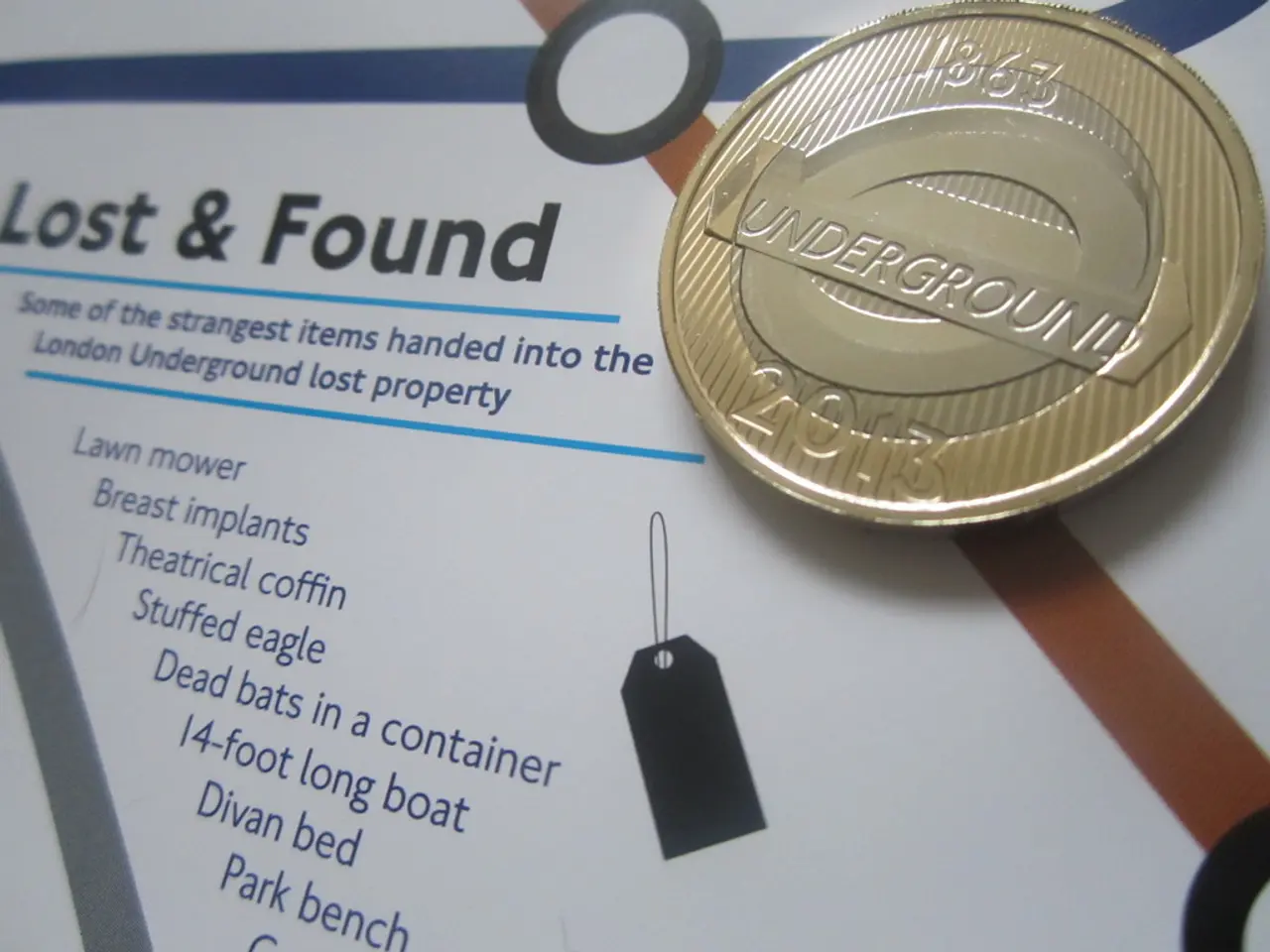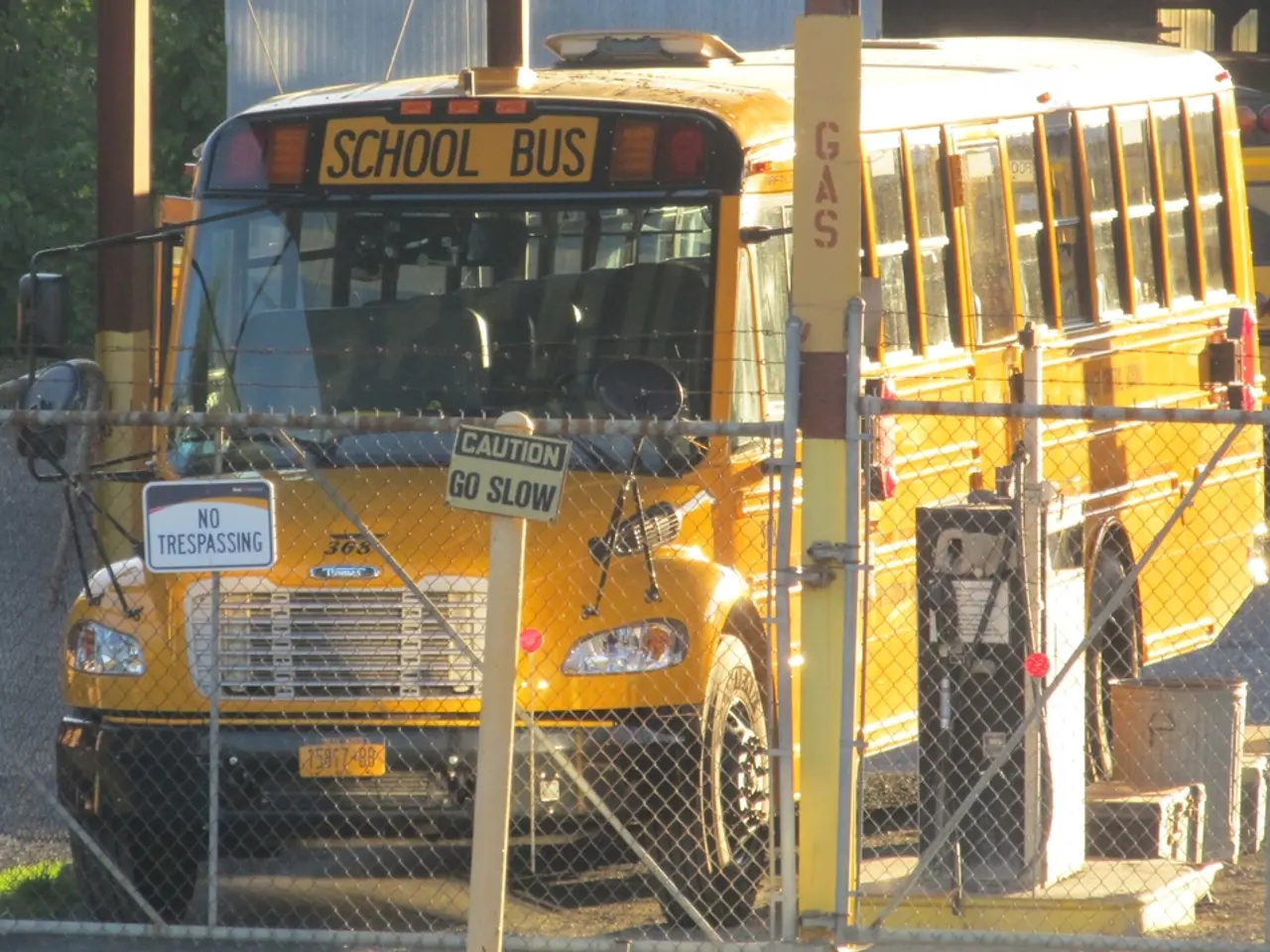Amount of Allowance money Russians Provide to Their Children Revealed
Revised Base Article:
Rubles for Tots: A Peek into Weekly Pocket Money Allocation in Russia
So, you wanna know how much moolah parents in Russia shell out for their kiddos' weekly pocket money? Well, buckle up, because we're diving deep into the pocketbooks of Russkies!
A recent national survey sampled 531 Russian settlements, tallying 1,000 parents per age bracket. Here's what's shakin' when it comes to koh....err...kiddie cash:
- Petite Prodigies (7-10): Parents are doling out 620 rubles a pop on average, with 71% forkling out no more than 500 rubles, and 20% coughing up between 500 and 1,000 rubles.
- Pre-Teens (11-14) get a bump up to 930 rubles weekly on average, with 6% earning pocket change from chores in exchange. As they grow older, though, parents let up the reins a bit, with only 45% keeping a leash on 15-17-year-olds' spending habits.
- Teenagers (15-17): Score the highest with an average weekly allowance of 1,320 rubles. Interestingly, older children receive less restrictions on their spending, with only 11% of spending being controlled—compared to 66% for the youngest age group.
It's worth noting that among parents of younger children (7-10), 20% don't fork over any pocket money at all, compared to 10% and 11% for pre-teens and teenagers.
Comparing the results to a previous survey conducted in 2023 suggests a slight dip in weekly pocket money for the 7-10 and 15-17 age groups, but a healthy increase for the 11-14 set (750 rubles, up from 640).
And now, a dash of context sprinkled in for good measure:
- Economic and Sociopolitical Trends: The Russian government has been on a spending spree across various sectors, like education and the military. The shift towards defense spending is rampant due to ongoing geopolitical shenanigans, with military expenditure gobbling up 41% of federal spending in 2025.
- Demographic Incentives: Mitigating demographic challenges is a hot topic these days, with economic incentives such as maternal capital payments to female students being instituted. These tide-me-overs might indirectly affect family incomes and further impact how much is earmarked for kiddie coffers.
- Data Gap: Sadly, specific data on changes in weekly pocket money over the years is not readily available in the public domain. To dig even deeper, it's best to consult surveys or studies centering on family finances and child allowances in Russia.
If you're hoping for a casual comparison with the 2023 survey, it's a tough cookie to crack without information on average income levels, cost of living, and cultural ideas around kids' financial independence.
Stay hungry and stay curious, folks!
- The average spending on weekly pocket money for children aged 7-10 in Russia is 620 rubles, with 71% of parents giving no more than 500 rubles.
- Personal-finance decisions of the society are affected by various factors, including economic and sociopolitical trends, as evidenced by the Russian government's increased spending on sectors like education and defense.
- Comparing the results of the recent survey to a previous one conducted in 2023, it is observed that weekly pocket money for the 7-10 and 15-17 age groups slightly decreased, but increased for the 11-14 age group, from 640 to 750 rubles.
- Data on changes in weekly pocket money over the years is not readily available in the public domain, making it difficult to conduct a comprehensive comparison with previous surveys without specific focus on family finances and child allowances in Russia.




